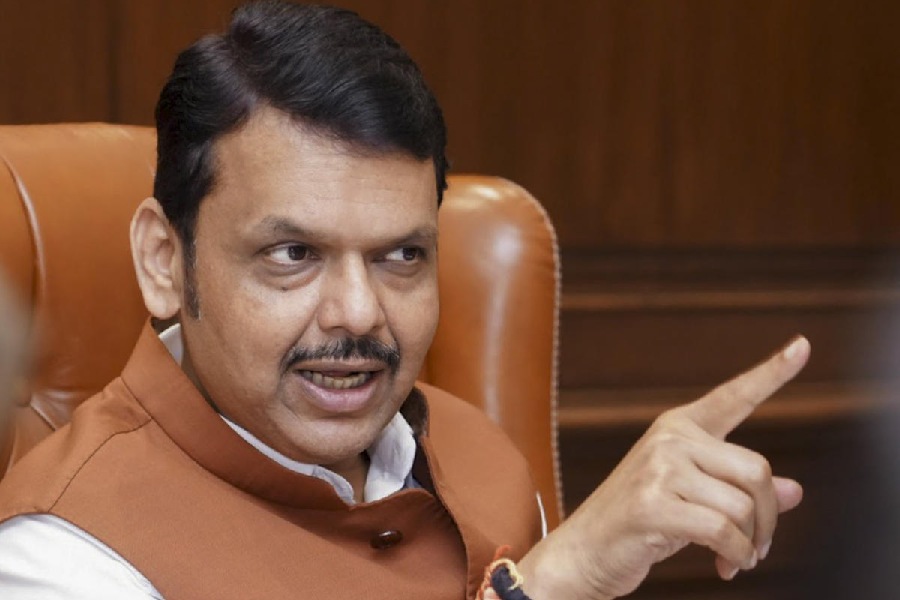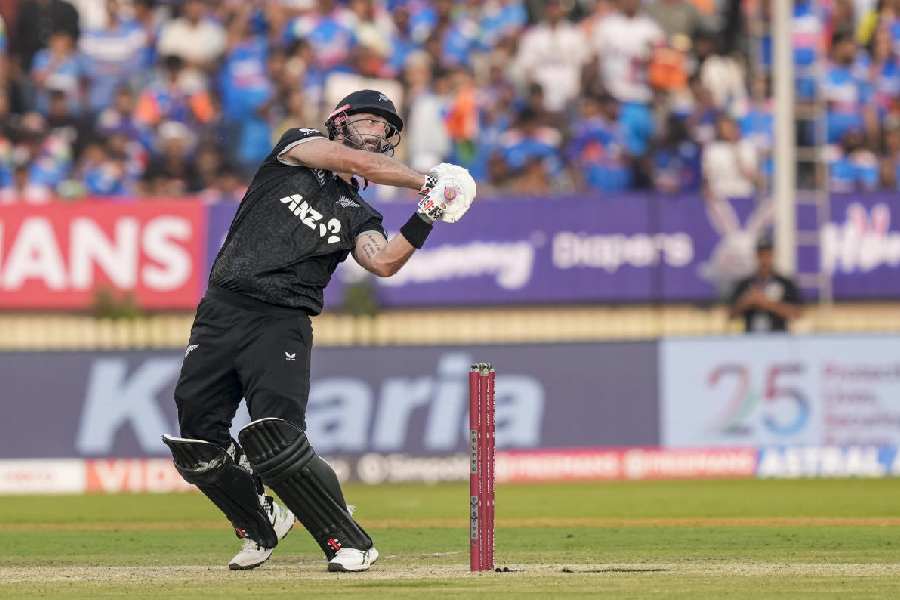Sohail Rekhy was always fascinated by history and it’s his keen interest in the subject that led him to pull off a full-fledged novel, Angria, when he stumbled upon Kanhoji Angre, a Maratha warrior. With a brief stint in journalism and copywriting, Sohail joins a league of writers who have put forward exceptional historical sagas. Son to Bollywood actors Waheeda Rehman and Shashi Rekhy, Sohail tells us why he chose to write a book over scriptwriting and the intense research that went into Angria: A Historical Odyssey.
Amitav Ghosh is among the many who have given a positive verdict on the book and in Angria, we find his influence in style, especially the details and also the book cover. Tell us about your literary influences and how big a role Ghosh played in it.
I started with comics and Herge and Goscinny still remain constant companions... being more influential to my style than I realise. Then the deft pen of authors like Roald Dahl and Graham Greene made reading a part of who I am. Gradually my interests turned towards South Asian history and culture and I tried to get my eyes on anything to do with that. When I was young, my goal was to write with the clarity and precision of Naipaul. Around this time I discovered Rohinton Mistry, Pico Iyer and Amitav Ghosh. It was like finding a home or people from your hometown in a strange land. I wish to write with the same scope, detail and depth as Ghosh does. Though his technique lies far beyond my ability, it remains a goal. Ghosh’s ability to encapsulate generations, dig into our roots and make sense of that interconnectivity we are all subject to is awesome. Sensitivities are universal but I share his gaze. The sample covers I shared with the artist Yeshey Tsogyal were Ghosh’s books and those of Emilio Salgari. Even my publicity photo, the reference was his portrait on the jacket of Smoke & Ashes, which I am fortunate to own a signed copy of.
Any novel of Amitav Ghosh that is your favourite?
I adore them all and I waited for River of Smoke and Flood of Fire with excruciating impatience. The Glass Palace resonated a lot personally. I am a reader of his non-fiction books too.
What was it about the historical odyssey and Kanhoji Angre that convinced you to write?
I was flabbergasted by the fact that I had just discovered Kanhoji Angre and so few people in Maharashtra and almost no one else outside the state knew about this great Indian hero. My grand uncle, Commodore S. Rajindra was C.O. of INS Angre in Colaba Mumbai, but I did not know who Angre was and had never heard of him. That he was cosmopolitan, innovative, resilient and practical — rare qualities for any age, really caught my eye. And there is something about personalities who have never been beaten on the field, what are the conflicts in their life, what can be the catastrophes that move them up and down. And the period was fascinating. South Asia was a world-leading economy and a global centre for production, the Mughal Empire was collapsing and in its subahs, new power centres were arising. I also hope that the legend of Kanhoji Angre grows and he is known throughout India.
Tell us about your research as the story is based before Independence.
One thing I have learnt from my research on Kanhoji Angre and the Maratha Confederacy in particular is that the Raj, emanating from the Company, has wilfully tried to minimise or ignore the fact that before the English gained supremacy over the subcontinent, the Maratha Confederacy for all practical purposes ruled India. The other thing one realises is that dynasties and houses opposed to the English are utterly forgotten and unmentioned in our history. The information on Kanhoji Angre himself is sparse and often conflicting depending on the source and there are very few contemporary sources. European and Habshi accounts vilified him and Marathi bakhars glorified him. His letters written to the Company and other European traders were very important in recreating his persona. I found a lot more on his sons that was very reliable and bore corroboration, but as it often happens, the stories of the father and the sons were often indistinguishable.
What was your writing process given that you come from a different professional background?
There is a lot of editing in furniture design and production too actually. With Angria, it’s as if Kanhoji Angre came to me. I was researching a particular subject. So I do have a seed story first. Then research. Here I changed the subject during research, so I just started the research again and it took a few drafts, and rigorous hours of writing, researching, and editing to get the final one in front of the readers.
The book is voluminous, dealing with multiple characters, settings and plots. Will it have a sequel?
It was even more voluminous, and publishing insiders told me, too voluminous to be published. So I was thinking of rewriting it in two parts: Bal Kanhoji and Angria. No, it will not have a sequel. It may have prequels and spin-offs, but I have other stories on my plate currently and maybe some other writer, intrigued by Angre, may choose to explore that. But Angria was born out of research for a children’s book, a mystery, and I am currently working to achieve that. However, what I do hope is that it leads to further exploration of Kanhoji Angre and births many more stories about the legend. Legends need many iterations and Kanhoji Angre is truly a legend.
Given that your parents, Waheeda Rehman and Shashi Rekhy, are actors, weren’t you attracted to the film industry?
Scripts and screenplays are an integral part of almost all films. I am interested in exploring that if I ever get the opportunity. I haven’t had an interest in the performing arts or the several other technical fields within it, nor have I inherited any special talents in those fields. My interest and education have been in literature and storytelling and I pursue it as a craft at every given opportunity. I do pray, however, that the film industry starts getting more attracted to writers and stories.
Since you have been into copywriting before writing a novel, have you ever thought of scriptwriting?
Initially, I was planning to write Angria as a screenplay. I wrote the novel as it allows one to paint a landscape. It’s the difference between a painting and a photograph. Scriptwriting is a different format and you have to keep production aspects in mind. I am very open to expanding the possibilities of the story through a screenplay for stage or moving pictures.










